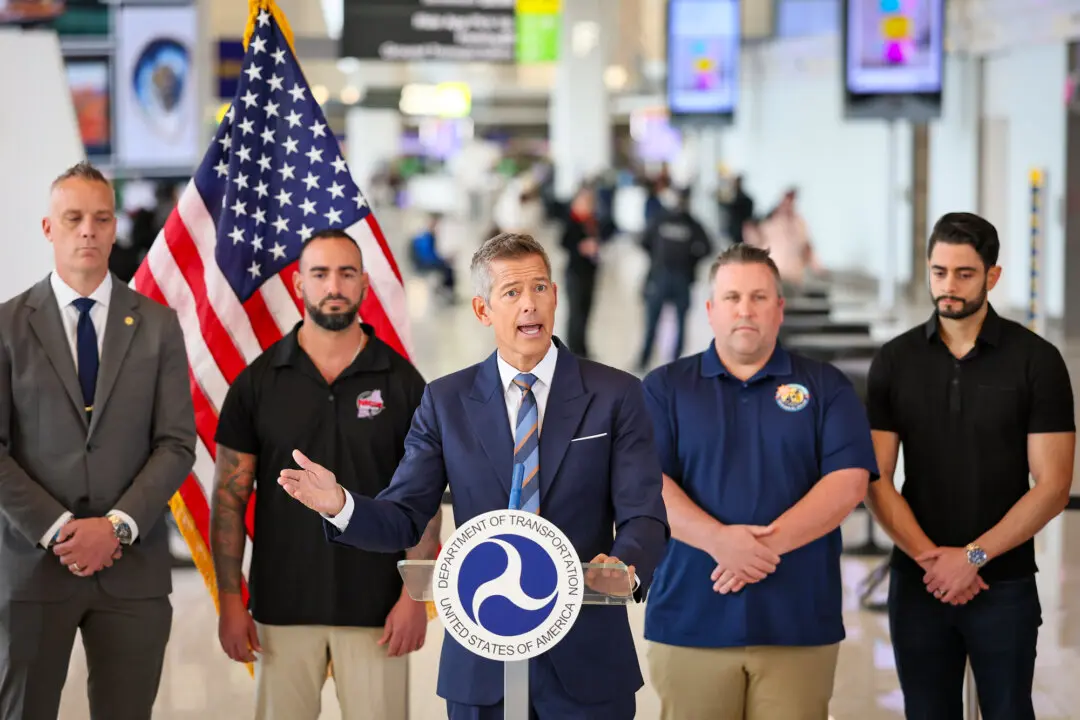The IRS collected $160 million as part of its increased compliance efforts targeting wealthy taxpayers as concerns mount that such efforts could eventually target small-business owners.
Earlier this year, the IRS collected $38 million from more than 175 high-income earners. On Oct. 20, the agency announced it had collected $122 million from 100 more high-income earners, taking the total tax collected from taxpayers to $160 million, according to a statement. The 100 taxpayers are part of the 1,600 new high-income earners the IRS is contacting who “owe hundreds of millions of dollars in taxes.”





